A Combined Approach of On-Machine Inspection and CMM
Author: SAIVS Date Published: Jul 19,2024
This article examines the role of Coordinate Measuring Machines (CMM) and on-machine inspection in modern CNC machining. It explores the advantages and limitations of each method, ultimately advocating for a combined approach to achieve optimal Quality Control.
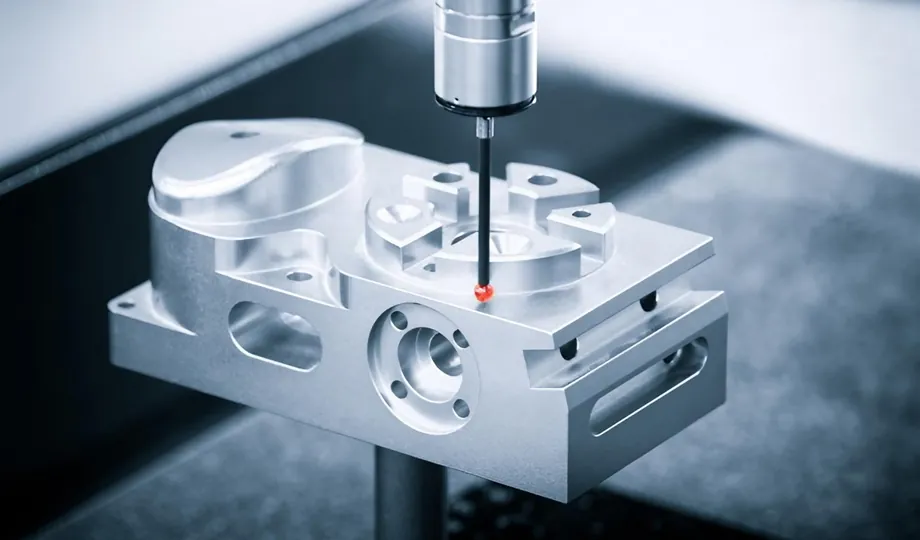
The Importance of quality Control
Regardless of the chosen technique, ensuring dimensional accuracy and geometric conformity is paramount in CNC machining. Deviations can lead to product failure, rework, and delays. Traditionally, CMMs have served as the primary tool for final part inspection.
CMM Inspection: Strengths and Weaknesses
Strengths: CMMs provide exact measurements, which are ideal for verifying final part specifications. They are well-suited for complex geometries and tight tolerances.
Weaknesses: CMM inspection occurs after machining is complete. This means identifying errors late in the process, potentially leading to wasted materials and production delays. Additionally, CMM inspection can create bottlenecks, especially for high-volume production runs.
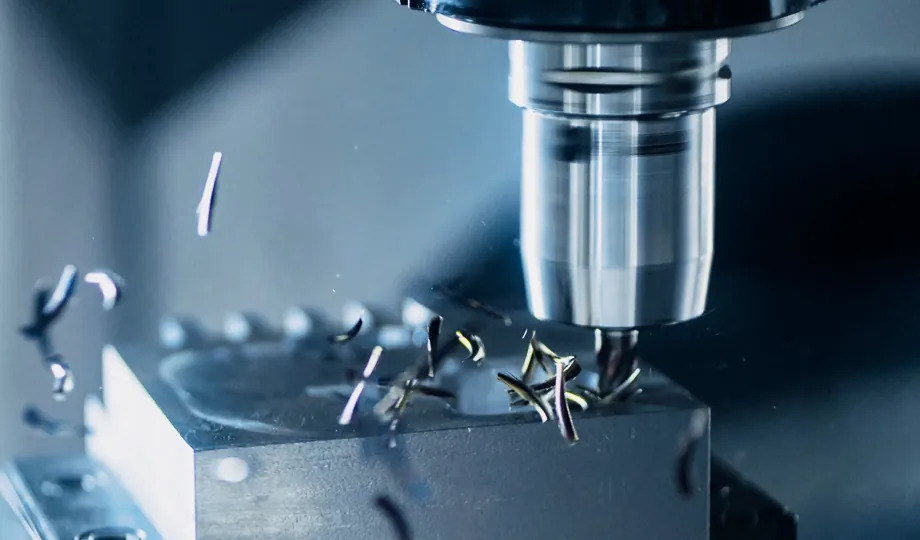
On-Machine Inspection: A Proactive Approach
On-machine inspection utilizes probing systems integrated into CNC Machines. These probes offer several advantages:
Improved Efficiency: Probes can quickly set up workpieces, identify tool wear, and measure features during and immediately after machining. This eliminates the need for separate setups and reduces reliance on CMMs.
Early Error Detection: Catching errors early in the process minimizes scrap and rework. Adjustments can be made on the fly, preventing the production of non-conforming parts.
Reduced Lead Time: By eliminating the need for post-machining CMM inspection for every part, on-machine inspection streamlines the production workflow.
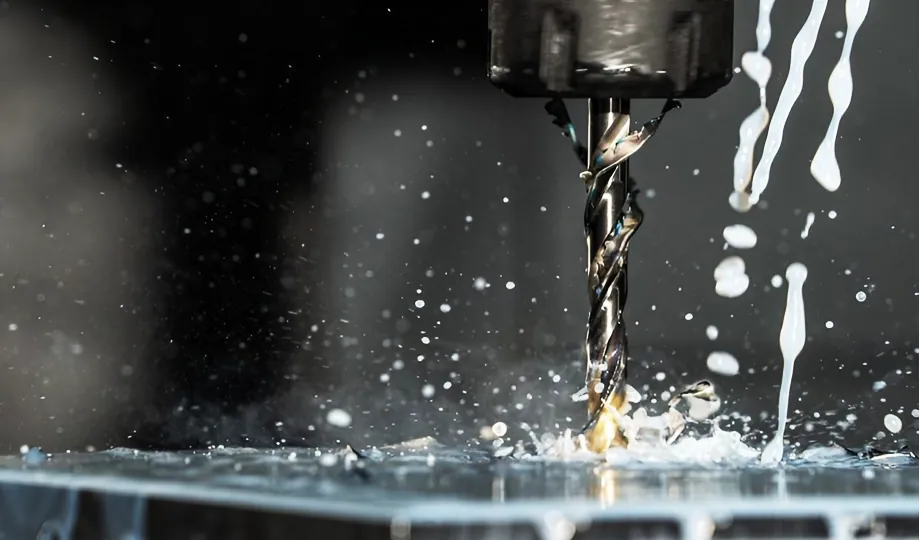
The Ideal Combination
While on-machine inspection offers significant benefits, it is not a complete replacement for CMMs. Here's how they can work together:
On-machine inspection for continuous monitoring and early error detection.
CMM inspection for a final verification of critical dimensions and complex geometries, especially for high-precision applications.
This combined approach optimizes quality control by leveraging the strengths of both methods. An on-machine inspection ensures a high degree of conformance throughout the process, while CMMs provide a final assurance of part quality.
Additional Considerations
Environmental factors: Temperature, humidity, and cutting fluids can impact on-machine inspection accuracy in certain industries like aerospace and avionics. Careful calibration and environmental controls are crucial.
Part size: Large or bulky parts may not be suitable for CMM inspection due to size limitations. On-machine inspection becomes the primary method for such components.
Conclusion
By adopting a combined approach of on-machine inspection and CMMs, CNC machine shops can achieve a higher level of quality control, reduce production costs, and improve overall efficiency. This ensures consistent production of parts that meet precise specifications and customer demands.
Why Choose SAIVS™ as Your Supplier?
1.Superb Quality Control Management
At SAIVS, we take pride in our perfect quality management systems and procedures, which guarantees the excellent performance of all our producs, being a professional Investment Casting | Die Casting| Sand Castingmanufacturer in China.
2.Rich Production Experience
With 20 years of experience in production, SAIVS has a deep understanding of the market and trends, and strives for continuous research and innovation. This has created advantages in both the product's performance and appearance.
3.Competitive Prices
As a Chinese factory committed to becoming the most cost-effective Investment Casting | Die Casting| Sand Castingexporter in China, SAIVS provides high-quality products at advantageous prices. By lowering costs and increasing efficiency, we ensure that our customers receive the best possible value for their investment.
4.Perfect After-sales Service
At SAIVS, we strive to provide superior customer service that meets and exceeds expectations. We are always available for any questions or concerns you may have, and we stand by our commitment to providing excellent after-sales support.
Related Posts
-
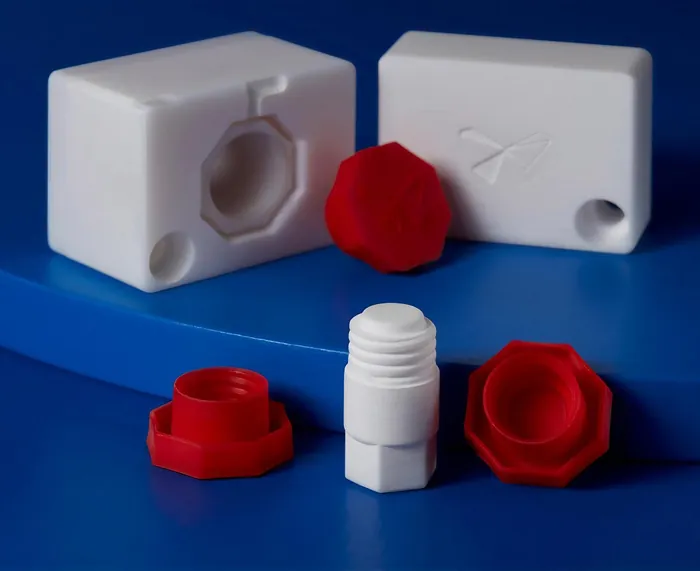
3D Printed Molds for Injection Molding
3D printed molds for injection molding. Learn how this innovative approach enables rapid prototyping, short-run manufacturing, and significant cost savings.
-
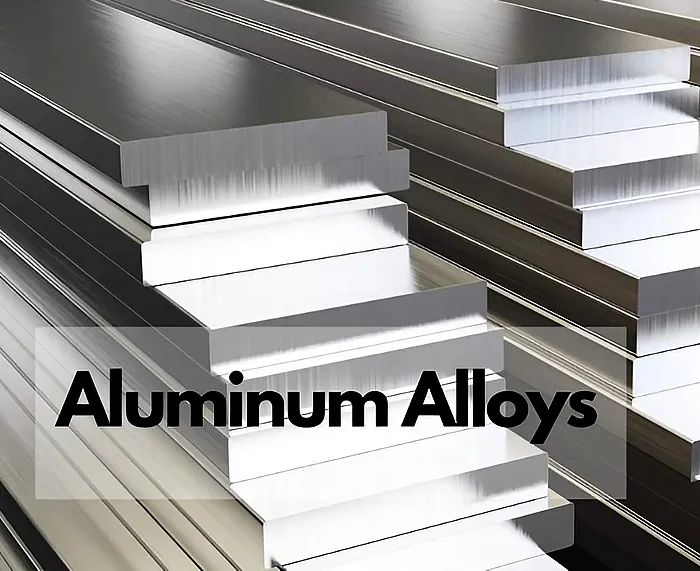
Choosing the Right Aluminum Alloy for Your Project
To understand the factors affecting bendability and the strengths of popular bendable aluminum alloys.
-
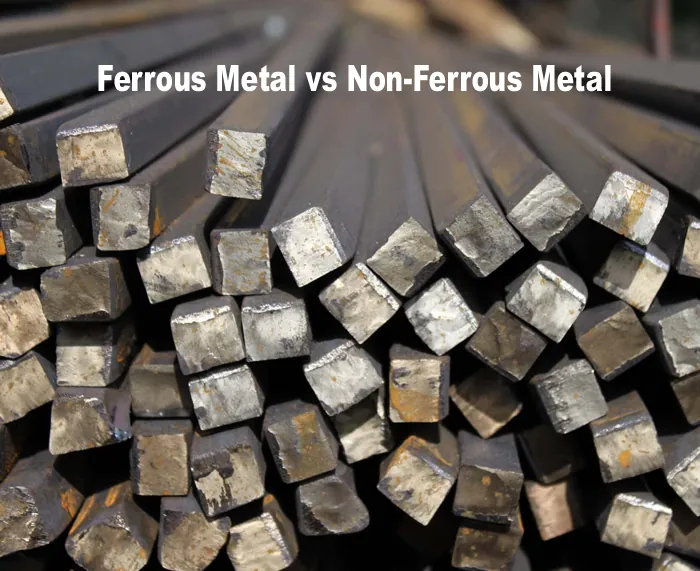
From Iron Alloys to Aluminum Alloys: Understanding the World of Ferrous and Non-Ferrous Metals
Delve into the world of metals with this comprehensive guide to ferrous and non-ferrous metals. Explore their properties, applications, and key differences.
-
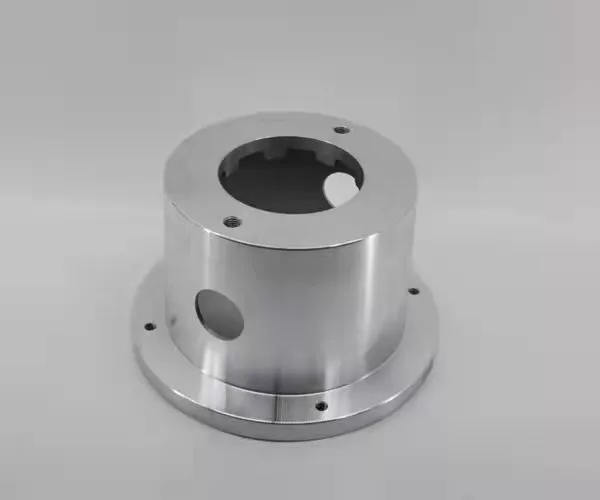
What Are the Key Concerns for Aluminium Gravity Casting?
Aluminium Gravity Casting: What Parameters and Information People Are Concerned About?Aluminium gravity casting is a widely used process in the manufacturing in...
-
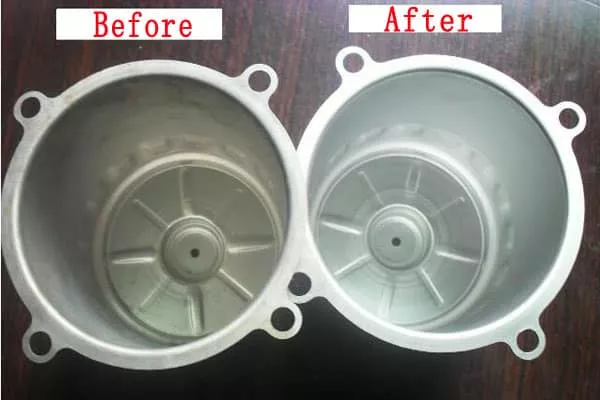
What is the difference between pickling and passivation?
What is the difference between pickling and passivation? Stainless steel castings will have a black scale during processing. In order to improve the appearance ...
-
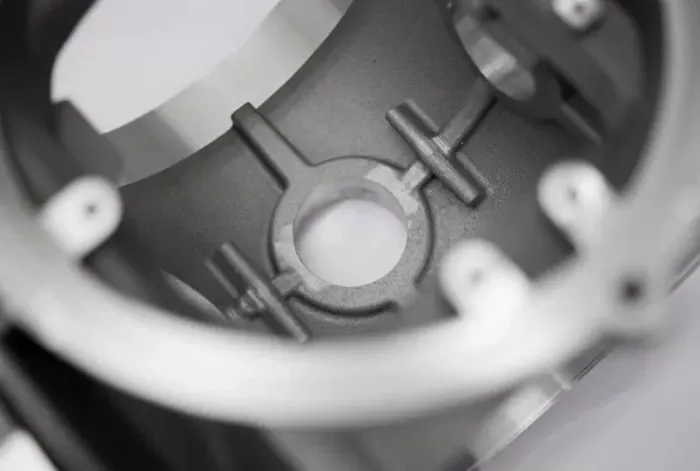
Why Choose Haworth Castings For Your Cast SAIVS?
SAIVS Castings specializes in producing high-quality cast enclosures for various industrial sectors. Enclosures are protective housings that provide a secure ba...

